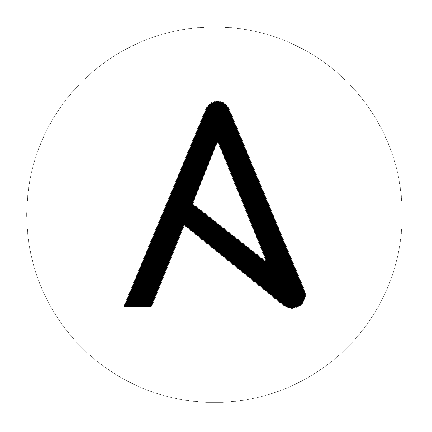
New in version 2.0.
- python >= 2.6
- cs >= 0.6.10
| parameter | required | default | choices | comments |
|---|---|---|---|---|
| account |
no |
Account the rule is related to.
|
||
| api_http_method |
no | get |
|
HTTP method used.
|
| api_key |
no |
API key of the CloudStack API.
|
||
| api_region |
no | cloudstack |
Name of the ini section in the
cloustack.ini file. |
|
| api_secret |
no |
Secret key of the CloudStack API.
|
||
| api_timeout |
no | 10 |
HTTP timeout.
|
|
| api_url |
no |
URL of the CloudStack API e.g. https://cloud.example.com/client/api.
|
||
| domain |
no |
Domain the rule is related to.
|
||
| ip_address |
no |
Public IP address from where the network traffic will be load balanced from.
Only needed to find the rule if
name is not unique.aliases: public_ip
|
||
| name |
yes |
The name of the load balancer rule.
|
||
| project |
no |
Name of the project the firewall rule is related to.
|
||
| state |
no | present |
|
Should the VMs be present or absent from the rule.
|
| vms |
yes |
List of VMs to assign to or remove from the rule.
aliases: vm
|
||
| zone |
no |
Name of the zone in which the rule should be located.
If not set, default zone is used.
|
# Add VMs to an existing load balancer - local_action: module: cs_loadbalancer_rule_member name: balance_http vms: - web01 - web02 # Remove a VM from an existing load balancer - local_action: module: cs_loadbalancer_rule_member name: balance_http vms: - web01 - web02 state: absent # Rolling upgrade of hosts - hosts: webservers serial: 1 pre_tasks: - name: Remove from load balancer local_action: module: cs_loadbalancer_rule_member name: balance_http vm: "{{ ansible_hostname }}" state: absent tasks: # Perform update post_tasks: - name: Add to load balancer local_action: module: cs_loadbalancer_rule_member name: balance_http vm: "{{ ansible_hostname }}" state: present
Common return values are documented here Return Values, the following are the fields unique to this module:
| name | description | returned | type | sample |
|---|---|---|---|---|
| account |
Account the rule is related to.
|
success | string | example account |
| algorithm |
Load balancer algorithm used.
|
success | string | source |
| cidr |
CIDR to forward traffic from.
|
success | string | |
| description |
Description of the rule.
|
success | string | http load balancer rule |
| domain |
Domain the rule is related to.
|
success | string | example domain |
| id |
UUID of the rule.
|
success | string | a6f7a5fc-43f8-11e5-a151-feff819cdc9f |
| name |
Name of the rule.
|
success | string | http-lb |
| private_port |
Private IP address.
|
success | string | 80 |
| project |
Name of project the rule is related to.
|
success | string | Production |
| protocol |
Protocol of the rule.
|
success | string | tcp |
| public_ip |
Public IP address.
|
success | string | 1.2.3.4 |
| public_port |
Public port.
|
success | string | 80 |
| state |
State of the rule.
|
success | string | Add |
| tags |
List of resource tags associated with the rule.
|
success | dict | [ { "key": "foo", "value": "bar" } ] |
| vms |
Rule members.
|
success | list | [ "web01", "web02" ] |
| zone |
Name of zone the rule is related to.
|
success | string | ch-gva-2 |
Note
cs library’s configuration method if credentials are not provided by the arguments api_url, api_key, api_secret. Configuration is read from several locations, in the following order. - The CLOUDSTACK_ENDPOINT, CLOUDSTACK_KEY, CLOUDSTACK_SECRET and CLOUDSTACK_METHOD. CLOUDSTACK_TIMEOUT environment variables. - A CLOUDSTACK_CONFIG environment variable pointing to an .ini file, - A cloudstack.ini file in the current working directory. - A .cloudstack.ini file in the users home directory. Optionally multiple credentials and endpoints can be specified using ini sections in cloudstack.ini. Use the argument api_region to select the section name, default section is cloudstack. See https://github.com/exoscale/cs for more information.This module is flagged as stableinterface which means that the maintainers for this module guarantee that no backward incompatible interface changes will be made.
For help in developing on modules, should you be so inclined, please read Community Information & Contributing, Testing Ansible and Developing Modules.